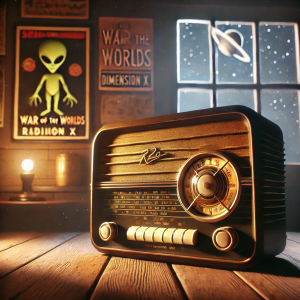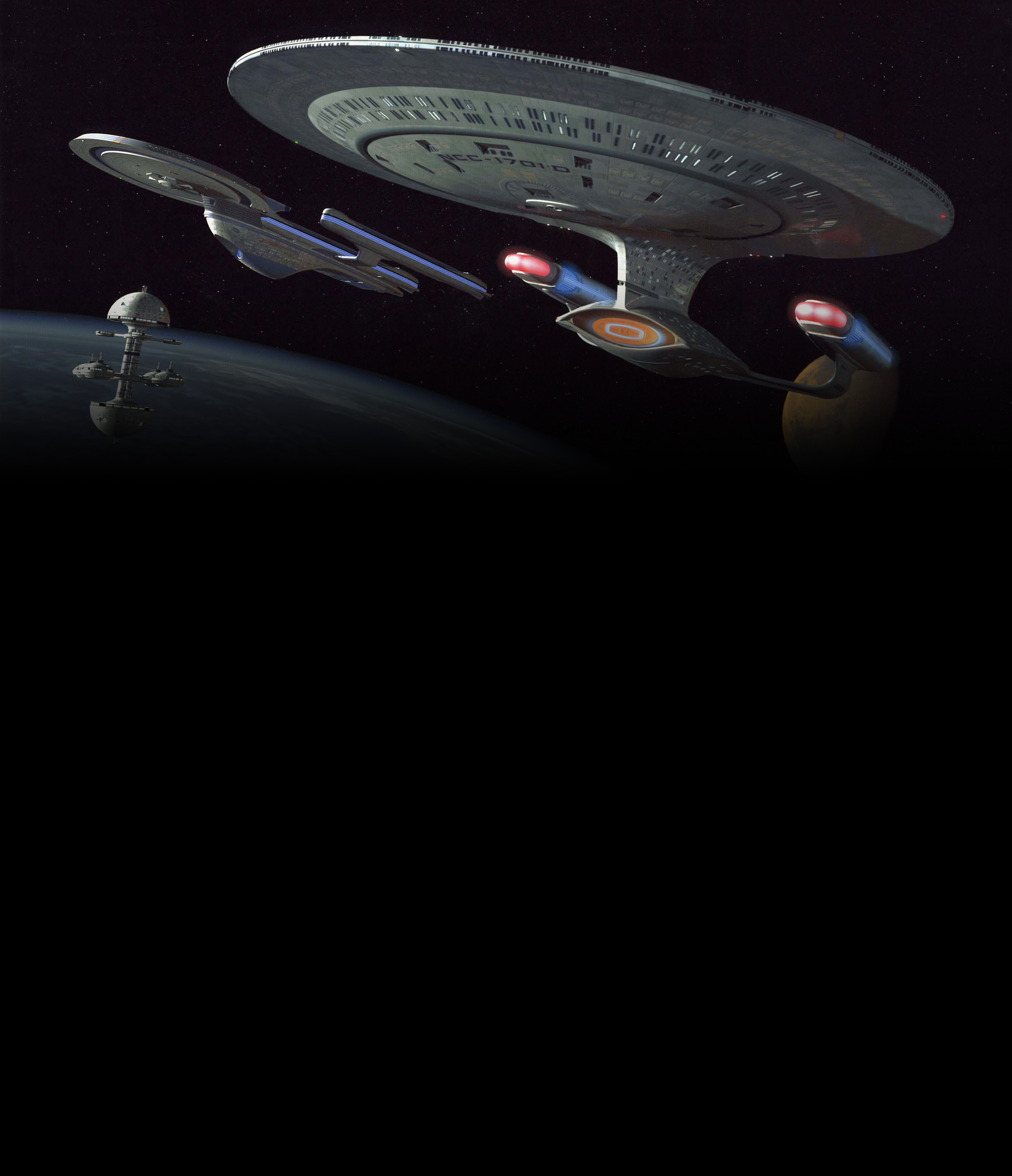The Golden Age Radio
THE EARLY DAYS OF SCI-FI AND FANTASY ON AIR
In a world before television, before blockbuster movies, and even before comic books fully cemented their place, the genre of sci-fi and fantasy found a unique home on the radio. The 1930s through the 1950s are often called the “Golden Age of Radio,” when homes across the world gathered around radio sets for their daily entertainment, adventure, and news. In this era, radio shows were free to push the boundaries of the imagination, conjuring distant planets, futuristic inventions, and fantastical creatures with nothing but voices, sound effects, and music. For sci-fi and fantasy fans, these broadcasts offered an unparalleled gateway into otherworldly realms, often with groundbreaking effects that transported listeners from their living rooms to galaxies far, far away.
One of the most iconic moments in sci-fi radio history came on October 30, 1938, when Orson Welles and the Mercury Theatre on the Air presented The War of the Worlds. This radio drama, based on H.G. Wells’ novel, was performed as a series of news bulletins reporting on an alien invasion. Many listeners, tuning in after the broadcast had begun, believed the invasion was real, leading to widespread panic. While the extent of this reaction has been debated, there’s no doubt that this broadcast cemented the power of radio to bring fantastical stories to life with shocking realism.
 Following The War of the Worlds, sci-fi and fantasy radio programs exploded in popularity. Shows like Dimension X, which aired from 1950 to 1951, became a beloved part of the sci-fi community, adapting stories from legendary authors like Ray Bradbury and Isaac Asimov. Dimension X marked a shift in sci-fi radio, blending high production quality with rich storytelling, and it served as a precursor to shows like X Minus One that would carry the torch forward in the mid-1950s. These series explored complex questions about technology, humanity, and the unknown, allowing listeners to confront these themes from the safety of their homes. What made radio so compelling for sci-fi and fantasy wasn’t just the stories themselves but the unique potential for immersive sound design. Without visuals, creators relied on sound effects to convey alien landscapes, spaceship engines, and the terrifying hum of unknown forces. The absence of visual constraints gave listeners free rein to envision what they heard, making each experience deeply personal and often more haunting than any image on a screen. For many, sci-fi radio became the ultimate “theater of the mind,” creating expansive worlds limited only by the listener’s imagination.
Following The War of the Worlds, sci-fi and fantasy radio programs exploded in popularity. Shows like Dimension X, which aired from 1950 to 1951, became a beloved part of the sci-fi community, adapting stories from legendary authors like Ray Bradbury and Isaac Asimov. Dimension X marked a shift in sci-fi radio, blending high production quality with rich storytelling, and it served as a precursor to shows like X Minus One that would carry the torch forward in the mid-1950s. These series explored complex questions about technology, humanity, and the unknown, allowing listeners to confront these themes from the safety of their homes. What made radio so compelling for sci-fi and fantasy wasn’t just the stories themselves but the unique potential for immersive sound design. Without visuals, creators relied on sound effects to convey alien landscapes, spaceship engines, and the terrifying hum of unknown forces. The absence of visual constraints gave listeners free rein to envision what they heard, making each experience deeply personal and often more haunting than any image on a screen. For many, sci-fi radio became the ultimate “theater of the mind,” creating expansive worlds limited only by the listener’s imagination.The Golden Age of sci-fi radio ultimately had an impact far beyond its airwaves. Not only did it bring speculative fiction to the forefront of popular culture, but it also influenced later visual media, sparking ideas and themes that would echo in books, films, and television. As sci-fi and fantasy evolved into new formats, the influence of radio continued to shine through, reminding fans of a time when a few sounds and a good story were all it took to transport listeners to other worlds.
by Risa Suraya











No Comments to “ The Golden Age Radio ”